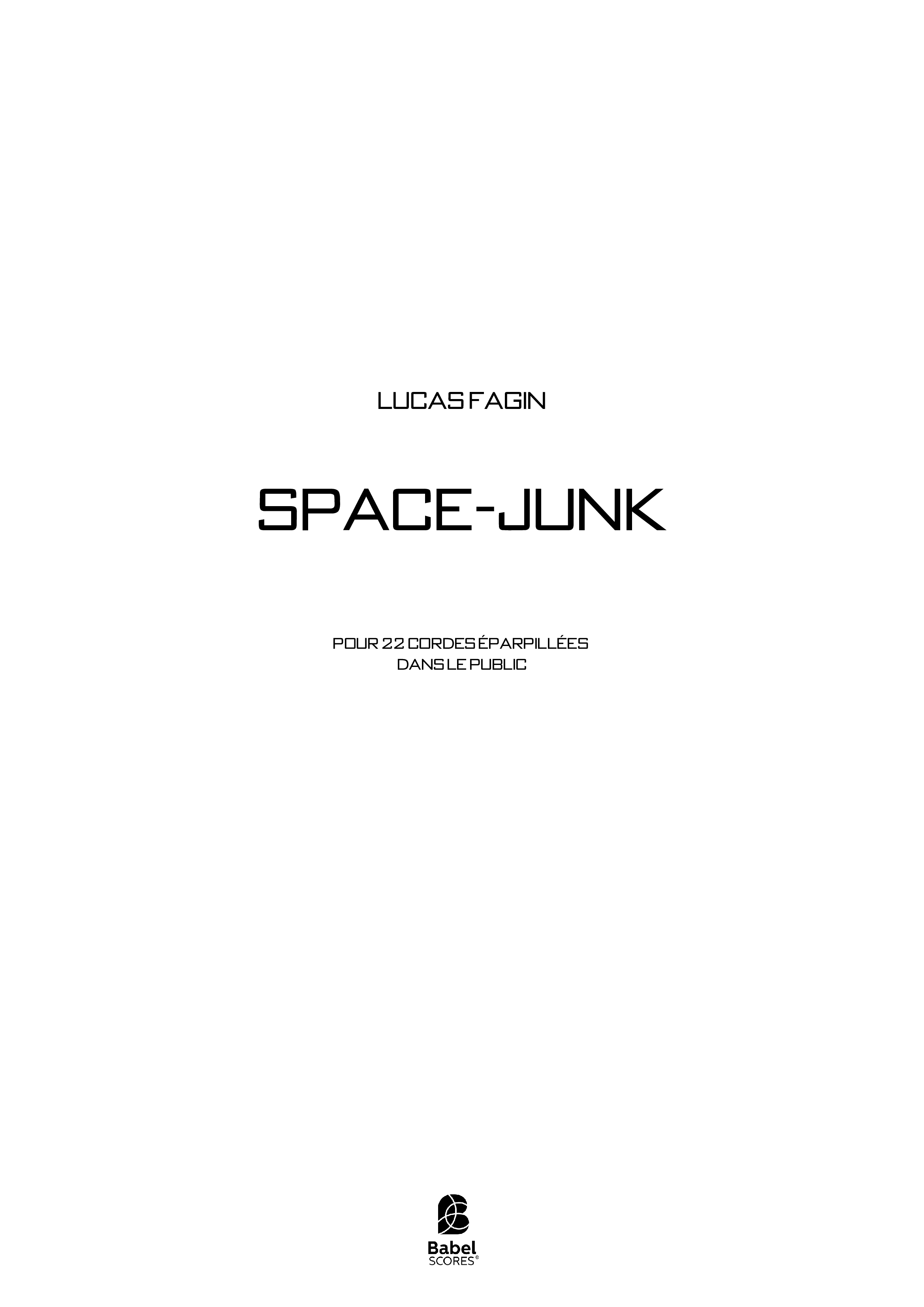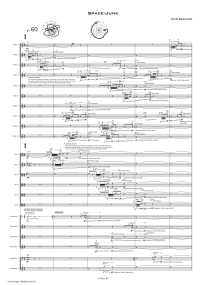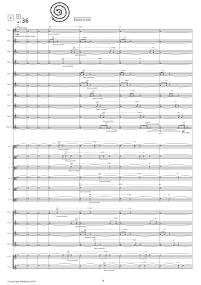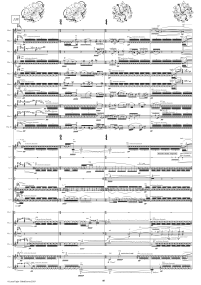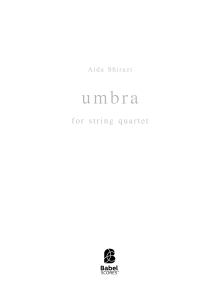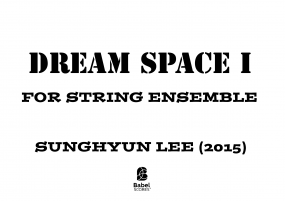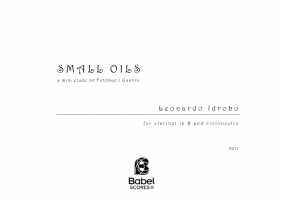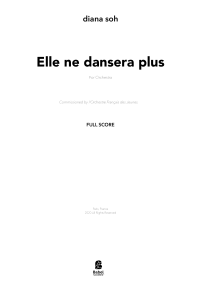Space-Junk
for 22 spatialized strings scattered among the audience
18,00 €
Printed format (+21,40 € printing and shipping). Colissimo7-14 days aprox.
Digital version (+0,00 €) instant download
When you buy a score, you can contact the composer right here!
Specifications
Region
Europe
Estimated Duration
20 - 25min
Date
2015
ISMN : 979-0-2325-4014-6
Notes on this piece
Add to a playlist
- Login to create your own lists
« La musique de demain sera spatiale, les sons donneront l'impression de décrire des trajectoires dans l’espace, de se situer dans un univers sonore en relief ».
Edgar Varèse
The first attempts at schematic musical spatialization took place in Europe in the 16th century with antiphonal vocal works by Giovanni Gabrieli and Thomas Tallis. A few other attempts were made in the following centuries, but it was not until the 20th century that a large number of composers began to work around the creation of a spatial imaginary.
In 2003 I attended a concert in which was played Terretektorh (1966) by Iannis Xenakis, for an orchestra of 88 musicians deployed among the audience.
This experience impressed me deeply and pushed me to work around musical spatialisation since the year 2004 by composing a series of works. Space-Junk takes the Terretektorh spatialisation device model as a benchmark.
In Space-Junk the writing and the precision of the spatial writing is organic and detailed. One of the main axes of the project was to build an almost electroacoustic precision spatialisation device, with 22 musicians scattered among the audience as if it were an electroacoustic diffusion device composed of 22 loudspeakers. This is the main reason why I picked up a string orchestra, I needed homogeneous tone colour through-out the space.
This spatial device allowed me to freely build continuous sound displacements applying superposed dynamic envelopes, spatial counterpoints or canons, translucent spatial textures, perspective effects, tridimensional stationary images or processes such as progressive occupation and inversely.
Writing the piece was a big challenge, a labyrinth.
There is not a single sound that has not been designed and placed in the spatial logic of the work.
As listening varies according to the position of the listener, spatialisation underlines the subjectivity of music listening.
Thus there are not only as many possible ways of listening as listeners, but each listener is able to listen to as many "versions" of the piece as there are available seats in the concert hall. This emphasises the subjective character of listening.
In Space-Junk the sound is always clay, manipulated plastic material. This clay is filtered throughout the work through casts to create almost tactile music through various spatial torsions.
Marco Stroppa wrote in his article Space and Figure (Paris, 1991):
« Space, with its ambiguity and its impalpable side, is undeniably one of the great equivocals of music, and not just contemporary. Adored by some, despised by others, this strange dimension has repeatedly burst into past and present creation, with success that is sometimes exhilarating, sometimes bitter, sometimes frankly doubtful. How can these contrasting performances be explained?
How far to push research and thus provoke our imagination? »
Instrumentation
Cello (4)|Double bass (2)|Violin (10)|Viola (6)
Recording
Le Balcon
Maxime Pascal
Maxime Pascal
Score Details
Format - A3 / Tabloid
Pages - 84
Pages - 84

